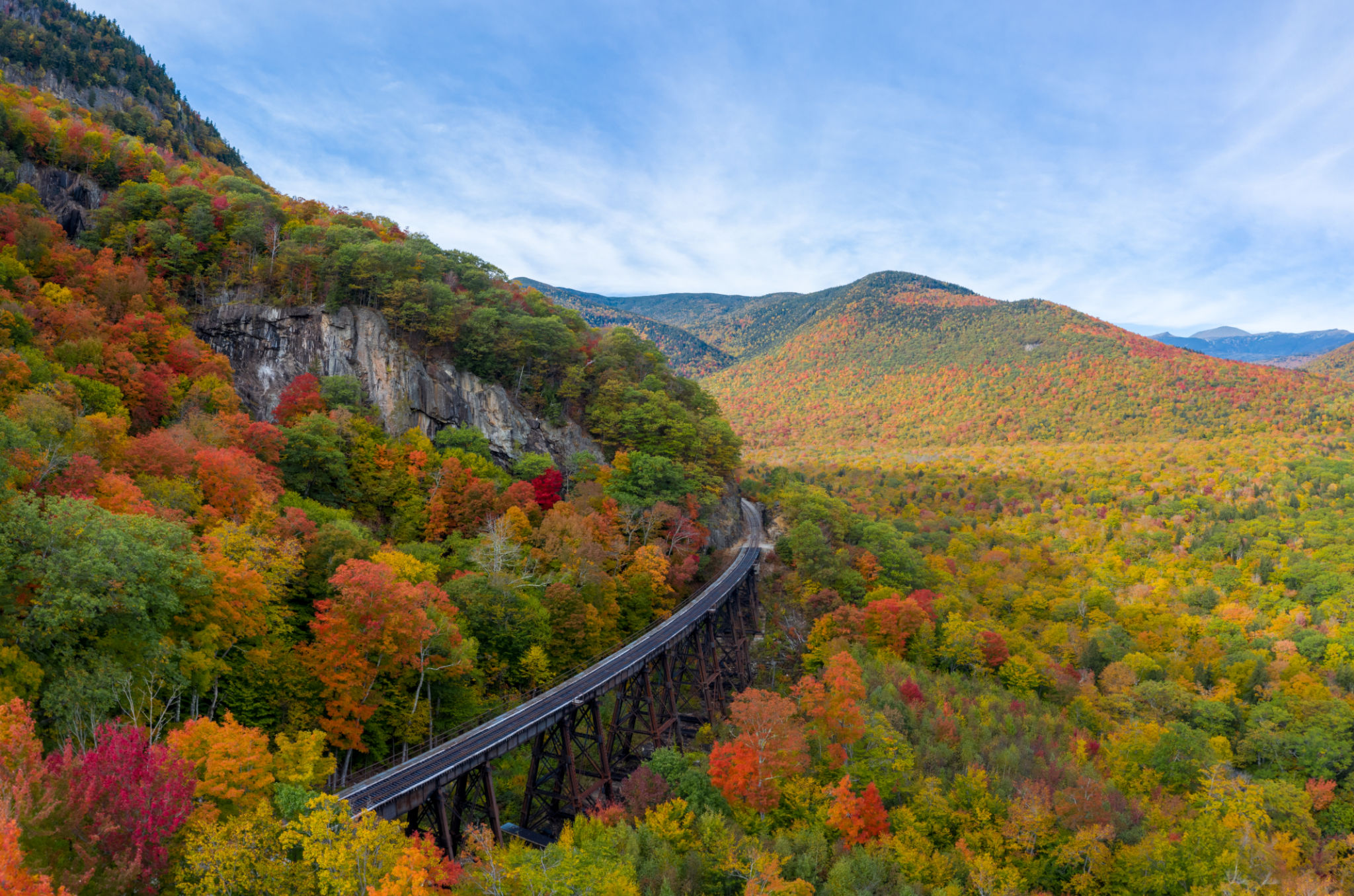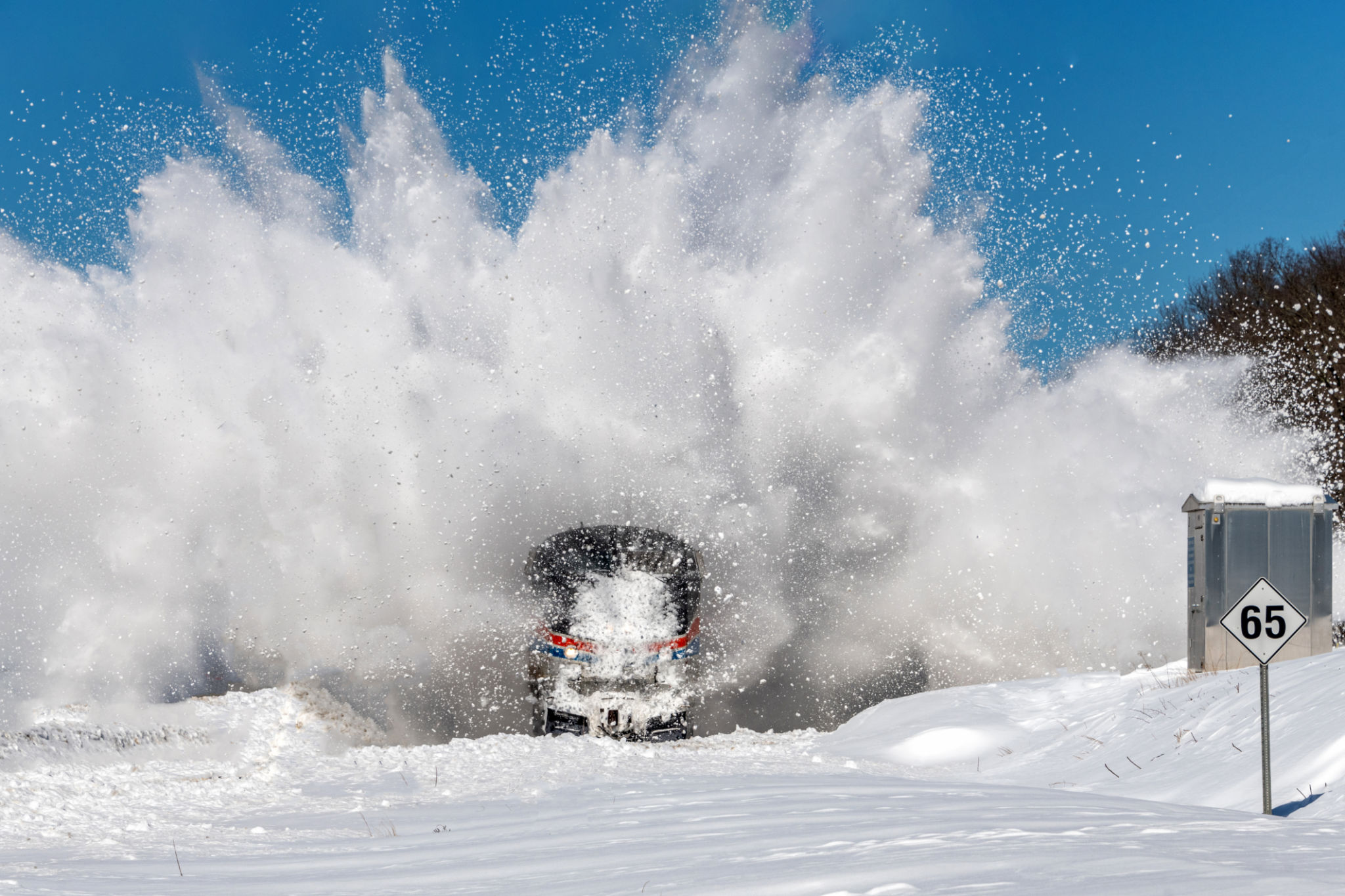How Seasonal Changes Affect Rail Infrastructure in Pulaski County
Introduction to Seasonal Changes
In Pulaski County, the changing seasons have a profound effect on various aspects of daily life, including the rail infrastructure that serves as a vital link for both freight and passenger services. Each season brings unique challenges and opportunities for maintaining and operating rail systems efficiently and safely.
Spring: The Season of Renewal and Challenges
As spring arrives, the thawing ice and snow can lead to ground instability, affecting rail tracks. The freeze-thaw cycle causes the ground to expand and contract, which can lead to track misalignment. Rail operators must be vigilant in inspecting tracks for any signs of movement or damage.

Additionally, spring often brings increased rainfall, which can lead to waterlogging of tracks. Proper drainage systems are crucial to prevent water accumulation that can weaken the track bed and cause potential derailments.
Maintenance Measures
During this season, maintenance crews focus on:
- Inspecting tracks for alignment issues
- Ensuring drainage systems are clear and functional
- Repairing any winter-related damage to infrastructure
Summer: Heat-Induced Stress
The summer heat poses its own set of challenges for Pulaski County's rail infrastructure. High temperatures can cause tracks to expand, leading to a phenomenon known as “sun kinks” or rail buckling. This can be dangerous if not addressed promptly. Engineers need to monitor track temperatures closely and take preventive action.

The increased frequency of thunderstorms during summer months also presents risks. Lightning strikes and strong winds can damage signaling systems and overhead lines. Rail operators must ensure that lightning protection systems are in place and functioning effectively.
Summer Precautions
Key measures to combat summer-related issues include:
- Regular monitoring of track temperatures
- Implementing speed restrictions during peak heat periods
- Ensuring lightning protection systems are operational
Autumn: Preparing for Winter
As temperatures begin to drop in autumn, preparations for the harsh winter months become paramount. Fallen leaves on tracks can create slippery conditions, posing a risk for trains. Regular clearing of debris from tracks is essential during this time.

Autumn is also a critical time for infrastructure inspections and repairs. Crews focus on ensuring that all systems are in optimal condition before the onset of winter. This includes checking rail joints, switches, and other critical components for wear and tear.
Autumn Activities
During autumn, rail operators focus on:
- Clearing leaves and debris from tracks
- Conducting comprehensive infrastructure inspections
- Completing necessary repairs before winter sets in
Winter: The Season of Extremes
The harsh winter conditions in Pulaski County can significantly impact rail operations. Snow and ice accumulation on tracks can lead to delays and service disruptions. De-icing measures and snow-clearing operations are critical to maintaining service continuity.
The cold temperatures can also cause rail components to become brittle, increasing the risk of breakage. Rail operators must prioritize regular inspections and timely maintenance to mitigate these risks.
Winter Strategies
To combat winter challenges, rail operators employ:
- Regular de-icing and snow removal operations
- Increased frequency of track inspections
- Utilization of specialized equipment for ice removal
Conclusion: Adapting to Change
The impact of seasonal changes on rail infrastructure in Pulaski County underscores the importance of proactive maintenance and strategic planning. By understanding the unique challenges posed by each season, rail operators can implement effective measures to ensure the safety and reliability of rail services year-round.

